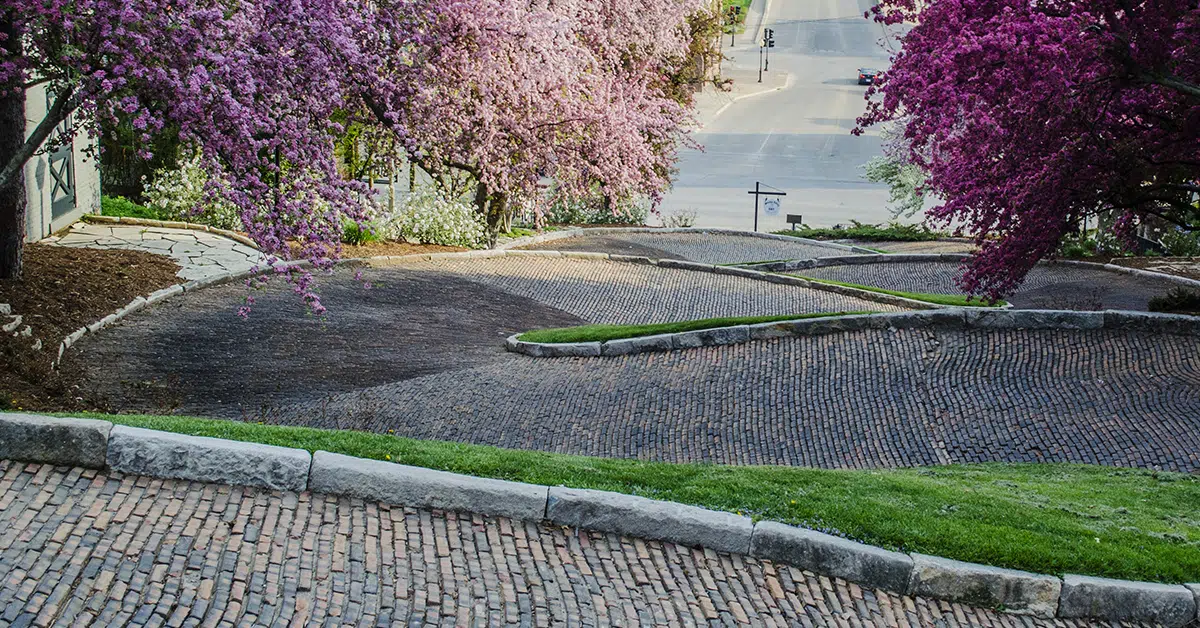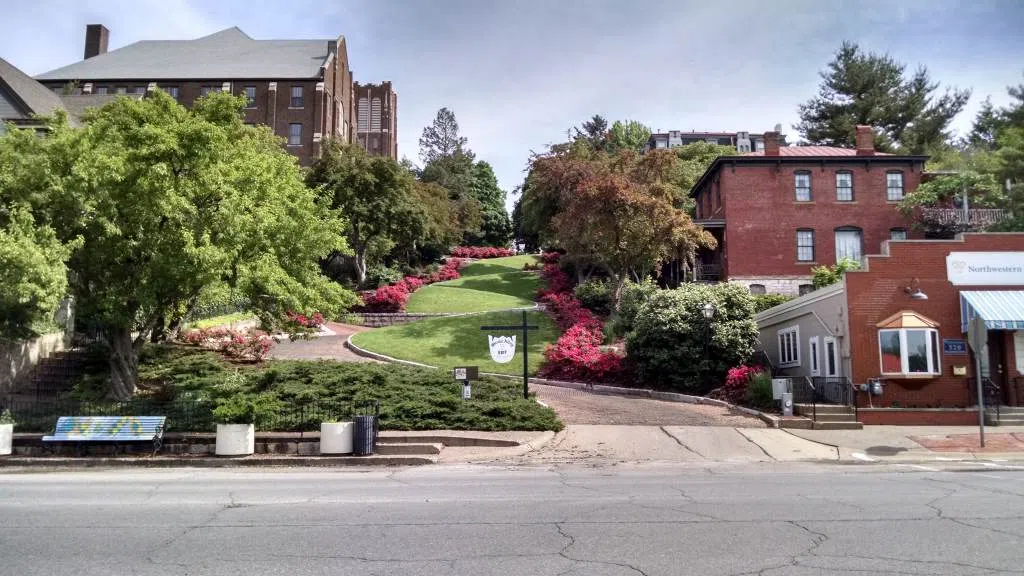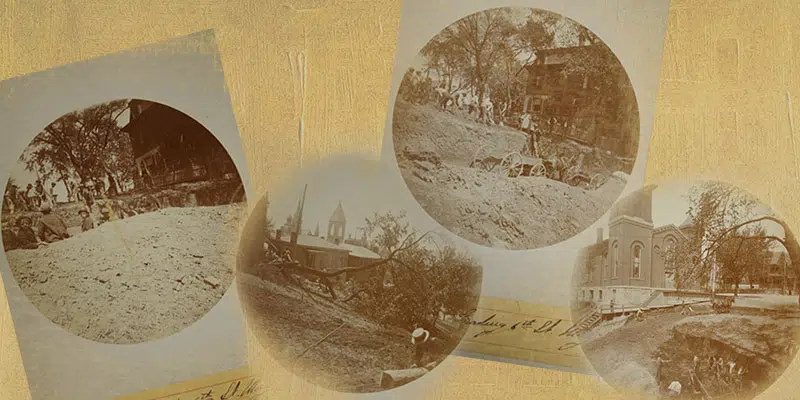One of the Most Unbelievable Spots in America, Snake Alley!
Featured in Ripley's Believe It or Not!

Snake Alley
Did you know, Snake Alley, one of the most unbelievable spots in America, sprawls on the Mississippi River in Southeast Iowa? Ideally situated in the community of Burlington, the regional center for employment, shopping, education, healthcare, and recreation, is the town’s most famous landmark.




